Those who work in developing new technologies can often see how sustainability impacts their work long-term, with the supply chain in clearer and starker perspective. But having such a broad perspective of a tool’s lifespan can also mean that the right idea can spark impactful change across every level of production. Here, Isobel Ashbey shares Cambridge Consultants’ method for thinking of sustainability as a framework that addresses every level of product development.
When There's No Time To Wait: How to Develop Breakthrough Technology to Save the World
By Isobel Ashbey
The conservation and restoration of nature is a huge challenge, and one that will need rapid, transformational action to address. Transformation on that scale will not be achieved through incremental steps - it will require the use of new, breakthrough technology that doesn’t exist yet. But how can we conceive of and develop this new technology in a way that ensures we get the best system overall, across all sustainability criteria? At Cambridge Consultants, we follow a process that incorporates whole system mapping into a product discovery framework that is designed for breakthrough innovation.
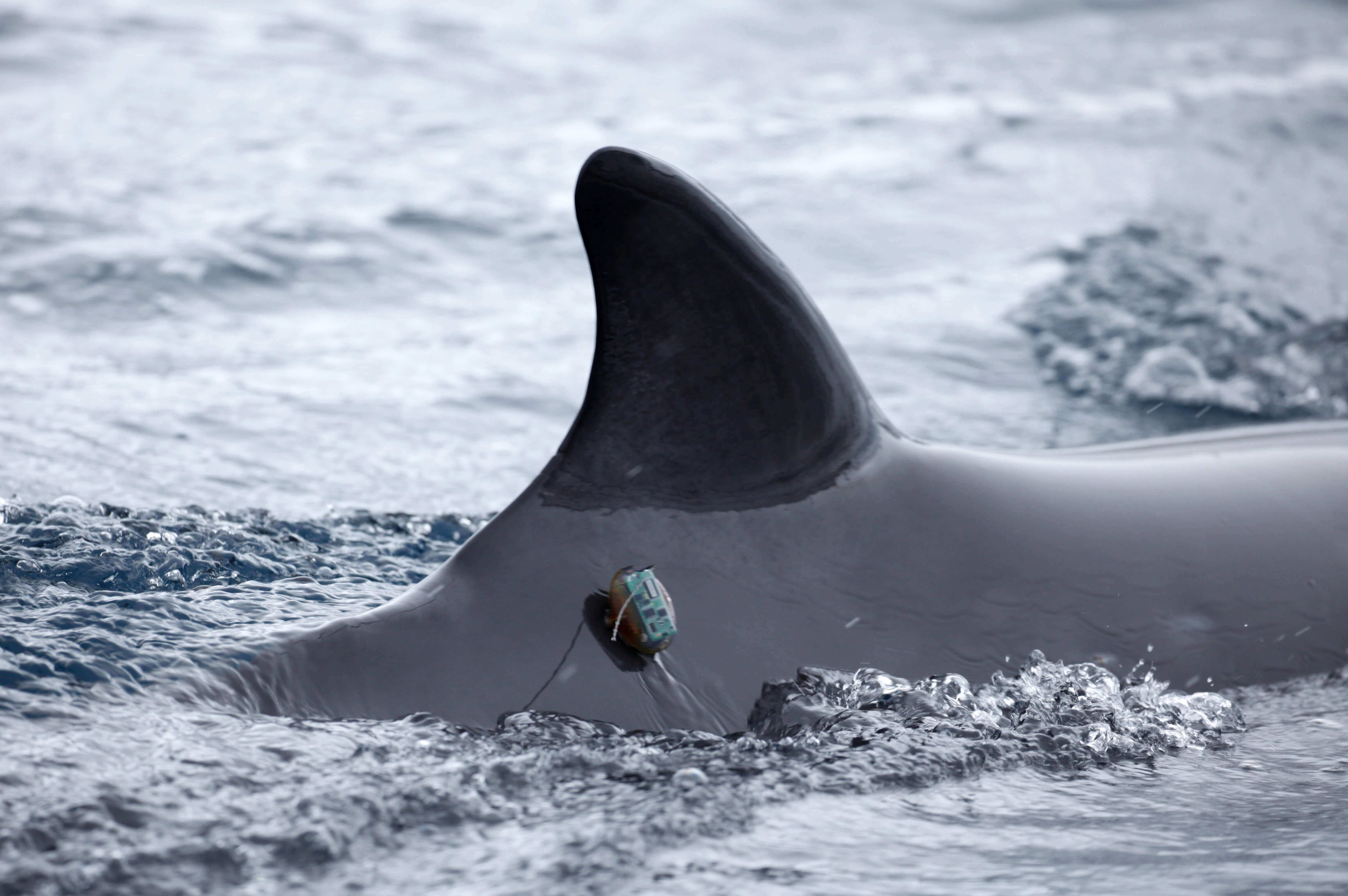
Sustainable technology development requires innovation across a system’s entire value chain, including the supply chain, use, and end of life. Cambridge Consultants’ process is customised for each project we work on, but it uses the principles of Whole System Mapping, first developed by Jeremy Faludi, now at TU Delft, and used by dozens of companies and universities around the world. It facilitates innovation by the creation of invaluable visual maps of the product’s system. These whole system maps not only capture the flow of materials, energy, money and/or emissions within a product system, but also how individuals and societies both influence and are influenced by the same system.
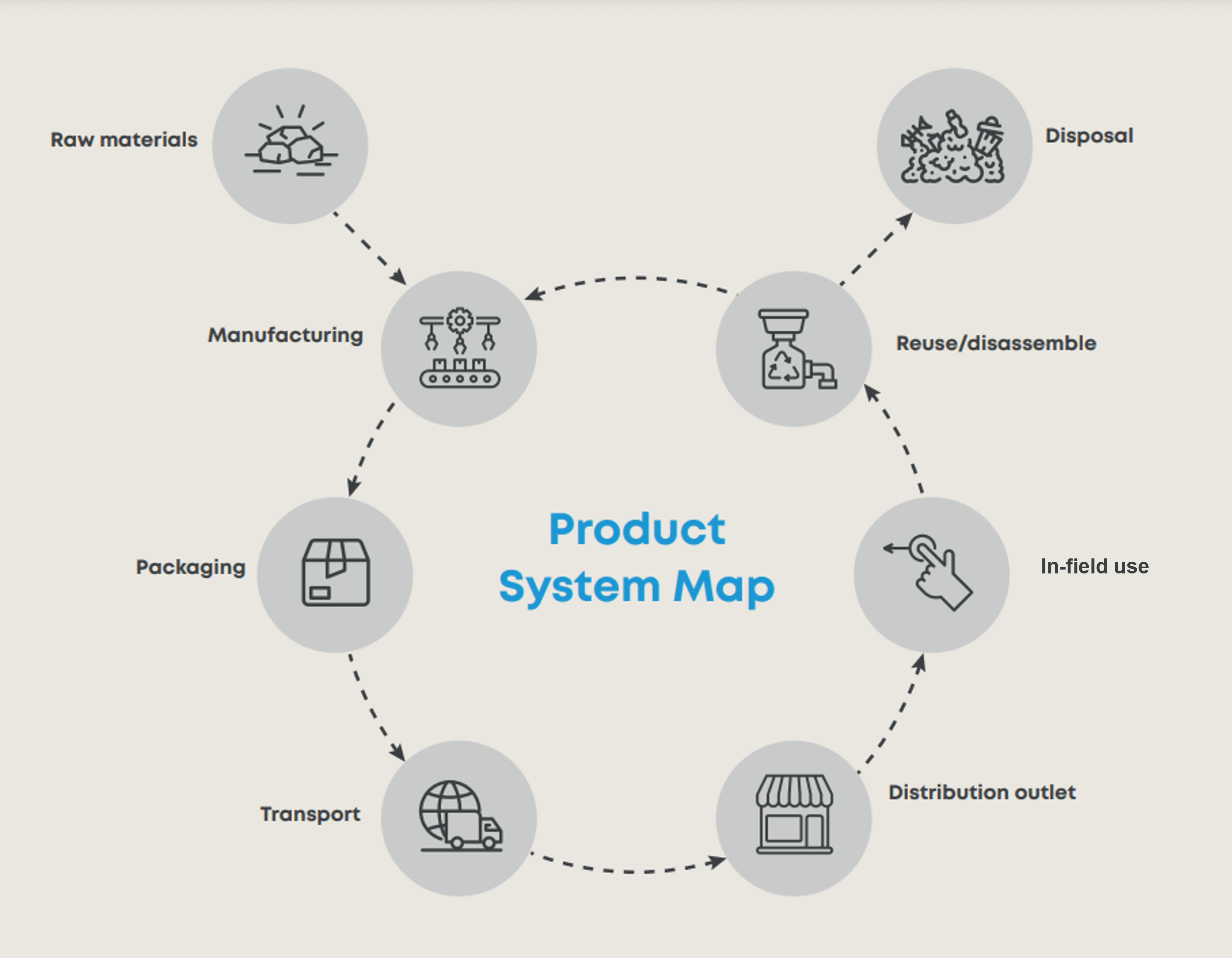
Four stages to reinvent what’s possible
Our framework walks through four stages: Research, Define, Ideate, and Develop.
The Research step is about understanding why the product is needed and understanding the systems of existing products that meet the same need. Looking at the environmental impact of those existing systems allows you to understand where the hot-spots of negative impact are, which acts as a signpost to where radical innovation could come in.
Define is about setting goals. Zero GHG emissions should always be the target for new systems, but is there an acceptable GHG emissions target for this system that is aligned with 1.5 ̊C? What other sustainability targets – for example around water use or particulate pollution – should be incorporated? These targets will depend on the specific product need and the comparison to existing systems.
Step 3 is Ideate – this is where new system maps are generated to reimagine how the need could be served. Ideation workshops are the ideal environment for radical innovation, where creativity and innovation are unconstrained.
The Develop stage follows an iterative process to identify and prioritise key knowledge gaps that represent high risk in the system development. The goal of each learning cycle should be to present an updated system map that incorporates the learnings from the prioritised knowledge gaps. During this stage, the environmental impact of the updated system should be continually updated to understand both its absolute environmental impact and relative evolution versus previous cycles.
Through this iterative process, the level of maturity is increased to a point where product discovery can transition into product execution, when conventional product development processes are suitable for further development.

Unconstrained thinking to find the most sustainable solution
Breaking out of a cycle of incremental improvements to find truly radical new innovations is not easy. Traditional product development processes can be too constrained to allow the freedom required to create breakthrough net zero technologies. Such traditional developments typically begin with drafting a product requirements specification, which is inherently solution-specific. Our approach ensures that implicit assumptions that define and constrain the system map are avoided, allowing unconstrained thinking to find transformative solutions.
Our framework offers the opportunity for finding more sustainable overall solutions to a need, by considering the entire system as one. This goes against the grain of traditional product development processes, where engineers and designers address a problem by breaking it down into pieces. Considering product development initially at the system level provides an opportunity for much greater impact and ensures that all aspects of the system, including end-of-life, are in scope and are the responsibility of the product development team.
High stakes innovation
Cambridge Consultants exists to help organisations find and develop breakthrough innovations when the stakes are high and time is short. The framework we have laid out is an illustration of how to break out from the confines of incremental improvements, and find the sustainable technologies of tomorrow. We hope you’ll find these perspectives of use in your own conservation technology development.
This article was adapted from a longer whitepaper which is available for download here.
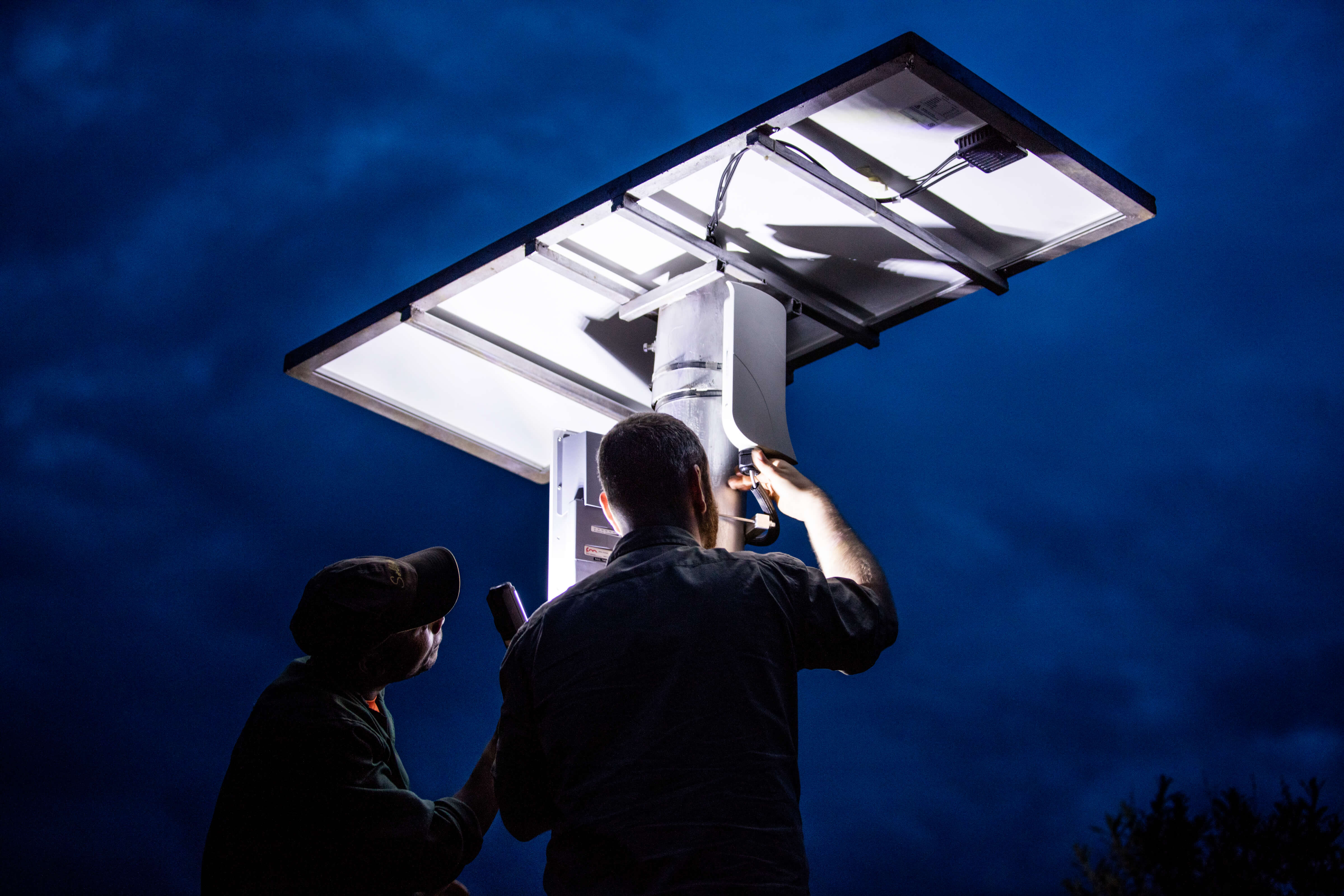
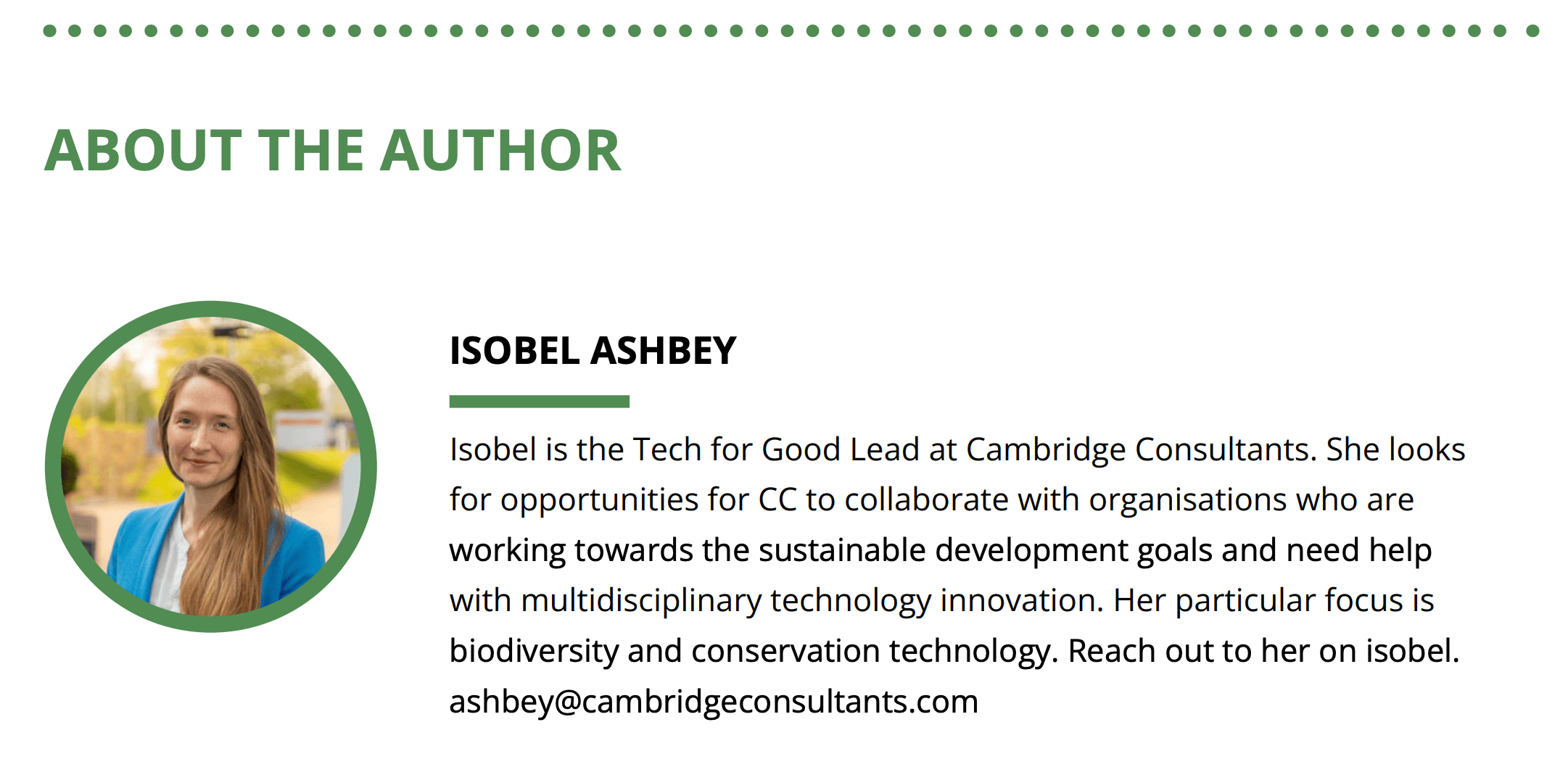
Download the Sustained Effort Series
This article is from our latest editorial series, Sustained Effort: Community Thoughts on Conservation Tech Sustainability.
Our series Sustained Effort brings together conservation tech users and makers to share their own perspectives on this topic. Through these case studies, we'll consider the current challenges of working sustainably in our field, but more importantly, how we can all take realistic, practical, and effective steps toward not only lessening our negative impact right now, but discovering larger steps toward the longterm, system-wide change needed to make conservation technology truly sustainable for our planet.
The entire Sustained Effort series is now available to download here on WILDLABS.


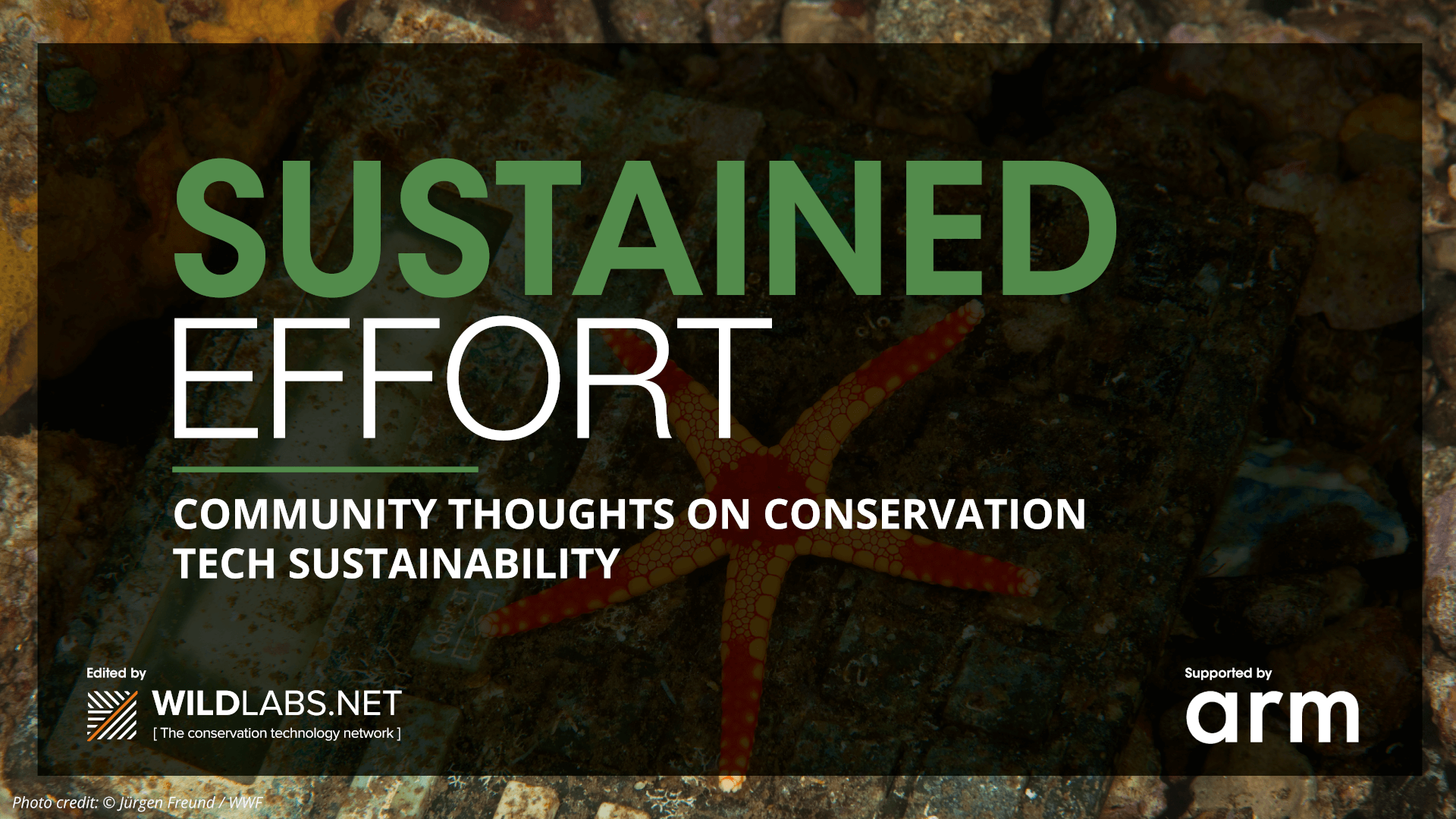

Add the first post in this thread.